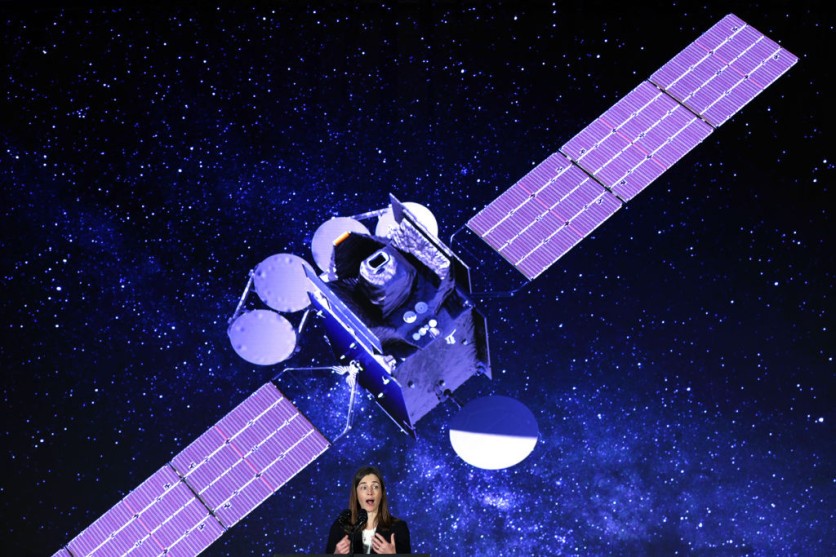NASA's AIM (Aeronomy of Ice in the Mesosphere) mission is wrapping up. According to the agency, it is ending operational support for the spacecraft due to a battery power failure.

In 2019, NASA noticed issues with the spacecraft's battery, yet its probe was still sending a significant amount of data back to Earth. Now, AIM has become unresponsive, which is why its mission is ending after 15 years.
NASA's AIM
NASA's AIM was launched in 2007 to study noctilucent or night-shining clouds that can last hundreds of years in the Earth's atmosphere. The mission was only designed to operate up in the skies for two years, but it has provided data for many groundbreaking studies.
The spacecraft observed how these clouds changed in response to climate change, solar storms, and other environmental events. It also helped scientists better understand the role of the mesosphere- the region of the Earth's atmosphere located between the stratosphere and the thermosphere- in the Earth's climate system.
Despite the battery power failure, the mission has been a major success for NASA. The data collected by AIM has been used to understand better how the Earth's atmosphere works and has been used in many scientific studies.
AIM has also made major advancements in our understanding of mesospheric winds and their impacts on atmospheric chemistry.
The spacecraft's observations have been used to develop a better picture of how these high-altitude winds interact with air pollutants, including ozone, nitrogen dioxide, and carbon monoxide.
This knowledge can help us understand the circulation patterns throughout the atmosphere as well as how pollution is transported around the globe.
The data collected by AIM was also instrumental in developing new models for climate change prediction that incorporate changes in surface temperature due to cloud cover from noctilucent clouds into global forecasts. These advanced models are essential tools for predicting future weather conditions more accurately than ever before.
Also read: Antarctica Glows Blue: NASA AIM Observes Early Noctilucent Cloud Season Over Southern Hemisphere
What's Next?
While the AIM mission may be over, the data and knowledge gained will help NASA move forward with new missions and research. The spacecraft's data will continue to be used to improve our understanding of Earth's atmosphere and can be used to help develop more accurate climate change models. In addition, the AIM mission has opened the door to further exploration of the mesosphere and other data-gathering projects.
The AIM team will stay vigilant for two weeks, watching for any indication that the spacecraft has restarted and is sending out a message.
Researchers at NASA continue their search for noctilucent clouds by utilizing ground-based instruments, including cameras mounted aboard airplanes or telescopes located near mountain tops - allowing them greater access than ever before when it comes to understanding this rare phenomenon above Earth's mesosphere layer!
Related article: New NASA Missions To Send Robotic Probes To Study Mysterious Asteroids In The Solar System

ⓒ 2025 TECHTIMES.com All rights reserved. Do not reproduce without permission.




